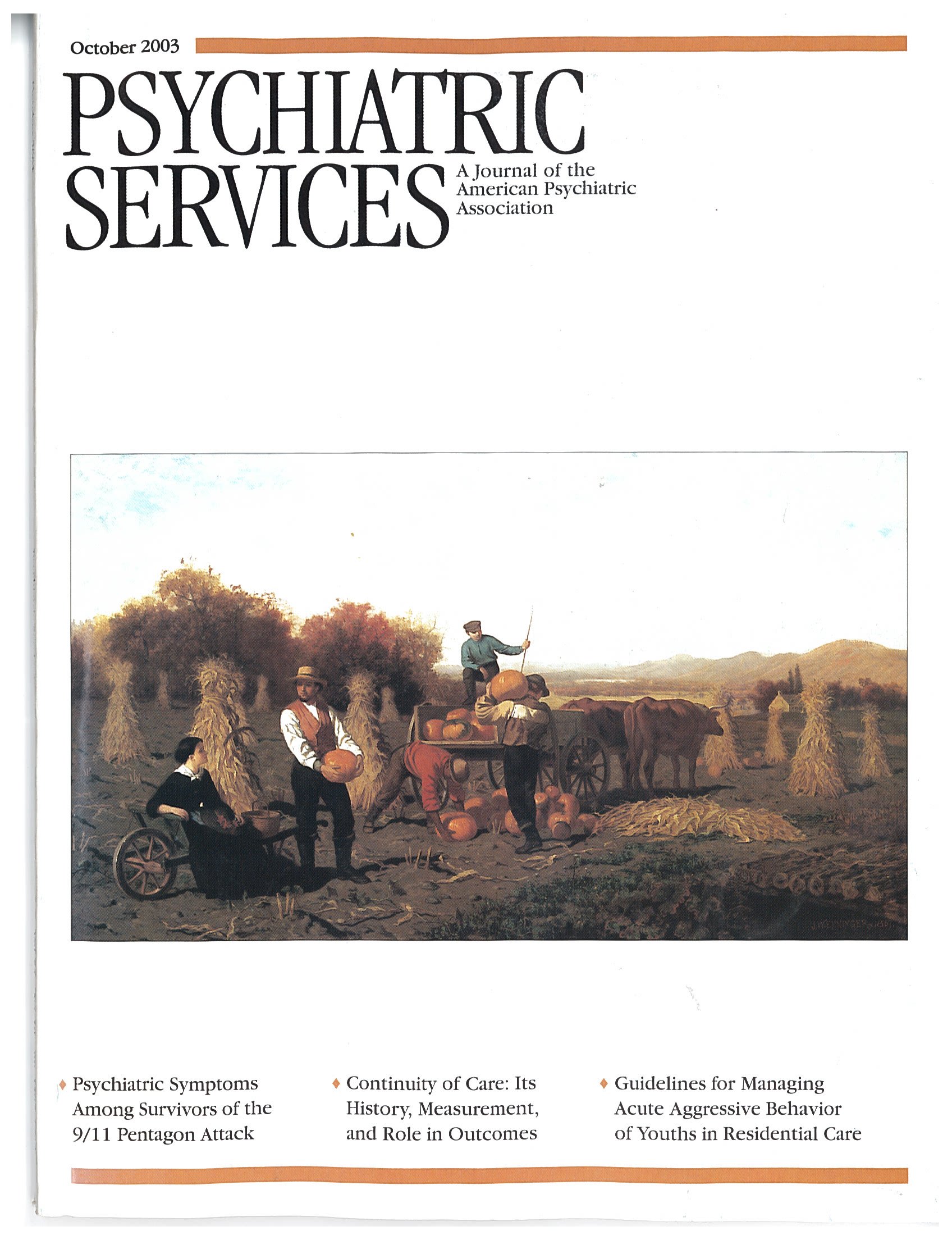This morning a young woman consulted me. She complained of feelings of sadness and fear. Her central worries were about the future of her marriage. She reflected on her poor self-esteem and fear of her husband's criticisms. We spoke for awhile and considered her goals. At the end of the session she said she felt better. I will see her again in three days time.
This simple story is repeated in all our consultation rooms again and again. Regardless of our theoretical orientation, we gather data, organize the data, decide on the best course of treatment, and monitor for responses. A little nudge here, a little nudge there, and the patient is on her way. Another satisfied customer, another witness to the power of the process to heal. Amen. At one level it all seems so linear. But what really happened? I could easily say that it was my erudite and empathic responses to the needs of a depressed and anxious patient. I wouldn't even be wrong. But I wouldn't be right either.
Thomas Metzinger, in his most recent book, Being No One: The Self-Model Theory of Subjectivity, describes the self—presumably the area of psyche in which my patient experienced her distress—as existing in a state of inwardness or operating within the internal properties of the person. Consciousness, states Metzinger, is reflected back and forth through a transparent model of self. The self is hardwired, landlocked by the defining walls of neural identity. I am out here, her self is in there. Talk about being locked in a cell! Is there no place for change?
The self and all its contents may be hardwired, but they are, in the words written on the side of the box of my new computer, expendable. Fortunately for my patient, she can redefine her self in the nexus with another self who shares a different way of relating to what she is experiencing inside. My reframing of her presenting problem expanded her subjective self-construct. Her consciousness further processes and experiences data in the reflection of the expanded self. What looked like insurmountable reality in the prism of the constructed self is the prelude to a bend in the road.
Metzinger's work is predicated on his determination to understand consciousness in the framework of biology and the computational sciences. He correctly asserts that all psychotherapies delve into the nature of what it is to be conscious. Relying heavily on Kantian categories of the subjective and objective, Metzinger constructs a model that will resonate deeply within the various schools of object relations. Indeed, in this age of dogmatic reductionistic exploration of the mind, it is refreshing to encounter a grand unification theory of what goes on between the ears.
The reader is warned, however. Metzinger has not written a book that will be of immediate technical relevance. Being No One is a philosophical work of neuroscience. Metzinger's prose is heavy going, and his book is not light reading in the least. Do not attempt to comprehend this work without some strong java and lots of scrap paper. However, perseverance will be rewarded with a compelling and original formulation of what we take for granted as consciousness.
Further blurring of the nature of my patient's relief was the fact that so much of cognitive processes are outside consciousness. Blindsightedness, a term that was coined by Lawrence Weiskrantz, an experimental psychologist at Oxford, draws the causal relationship between intervention and response into some degree of question. In the excellent anthology on the construct, Out of Mind: Varieties of Unconscious Processes, the various contributors greatly expand on the neuropathological turf staked out by Weiskrantz. Blindsightedness is involved not only in navigating through a crowded hallway or attending to visual clues on a television screen. Emotional processing and learning are also shaped unknowingly and mysteriously. The book's chapters are well written despite the technical nature of the material. Readers with particular interest in neurology will obviously find the most utility in this work. The book is well organized. Chapters are grouped around motifs of visual perception, attention and memory, emotion, and action.
Incidentally, I found the chapter detailing the robust affective response to covert facial recognition to be particularly jarring on a personal level. Perhaps my patient's anxiety was deescalated by the soothing faces of children depicted in a print hanging in the waiting room of my office. And I thought it was me.
Of course, and in all seriousness, the mysteries of consciousness and awareness have been well exploited for the benefit of patients in many schools of psychotherapy, particularly with Erickson hypnosis. Erickson and those trained in his methods made great use of trance logic and the art of indirect suggestion. Imagination, metaphor, subjective experience, and mystical transcendence are the unquantifiable structures that trap us in misery and hold the keys to relief. For those who desire a deeper appreciation of the translation of the mystique of hypnosis into the pragmatic use of hypnotherapy, Douglas Flemons' Of One Mind: The Logic of Hypnosis, The Practice of Therapy will be a worthy guide. Flemons does an outstanding job of assembling the theory and practice of hypnotherapy in a readable and absorbing volume. Clinicians of every stripe will find his thoughts on the art of psychotherapy illuminating.

